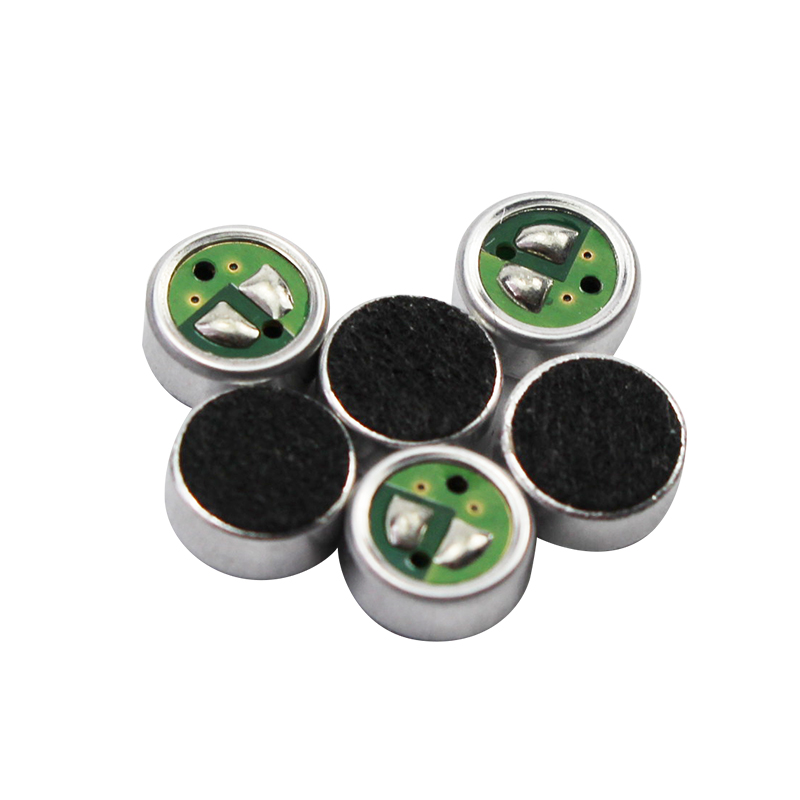The diaphragm in an Electret Condenser Microphone (ECM) captures sound through its ability to respond to variations in air pressure caused by incoming sound waves. Here's a more detailed explanation of how the diaphragm captures sound:
1. Sound Waves Arrival: When sound waves from the surrounding environment reach the microphone, they consist of alternating compressions (increased air pressure) and rarefactions (decreased air pressure). These variations in air pressure are what we perceive as sound.
2. Diaphragm's Flexibility: The diaphragm of an ECM is a thin, flexible membrane made from materials like mylar or other lightweight materials. It is engineered to be highly sensitive and responsive to even subtle changes in air pressure.
3. Vibration Response: When sound waves hit the diaphragm, the fluctuations in air pressure cause the diaphragm to move back and forth. The diaphragm's movement corresponds to the incoming sound waves, replicating their pattern and frequency.
4. Vibrational Patterns: The diaphragm's response to sound waves is akin to the way our eardrum responds to sound. As the diaphragm vibrates in response to the variations in air pressure, it effectively "mirrors" the acoustic vibrations in the surrounding environment.
5. Electrical Signal Generation: The movement of the diaphragm induces changes in the distance between the diaphragm and the stationary backplate within the microphone's capsule. These changes in distance alter the capacitance between the diaphragm and backplate, effectively converting the mechanical motion of the diaphragm into an electrical signal.
6. Capacitive Variations: Capacitance is inversely proportional to the distance between the plates of the capacitor formed by the diaphragm and the backplate. As the diaphragm moves closer to or farther from the backplate, the capacitance between them changes accordingly.
7. Electrical Output: The variations in capacitance result in a varying electrical charge between the diaphragm and the backplate. This varying charge generates an electrical signal that mirrors the waveform of the sound waves that initially caused the diaphragm to move. This electrical signal represents the audio signal captured by the microphone.

8. Signal Amplification: The electrical signal generated by the diaphragm's movement is typically very weak. To make it suitable for recording or transmission, ECMs often include an internal preamplifier that boosts the signal's amplitude.
The diaphragm in an Electret Condenser Microphone captures sound by responding to the variations in air pressure caused by incoming sound waves. Its flexible and sensitive nature allows it to mimic the vibrations of the sound, which are then translated into electrical signals through changes in capacitance between the diaphragm and the backplate within the microphone's capsule. This electrical signal is what we eventually hear as audio when it's processed and amplified.


 EN
EN  English
English Deutsch
Deutsch 中文简体
中文简体
